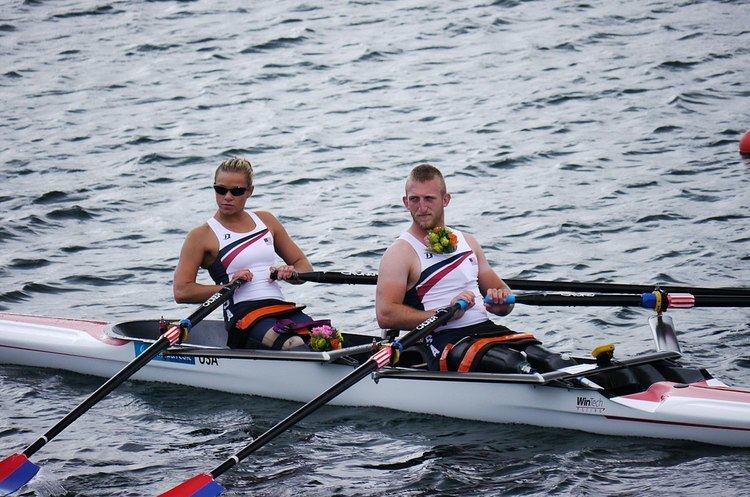 | ||
Adaptive rowing is a special category of rowing race for those with physical disabilities. Under FISA rules there are three categories for adaptive rowers:
At FISA events there are 5 boat events (standard nomenclature is used):
Racing was held over 1,000 m (rather than the standard 2,000 m), but from 2017 the distance was changed to the standard 2,000m. In mixed events half the crew must be male and other half female (coxswain may be of either gender and may be able bodied). Single shells for the PR1 category must have stabilising pontoons attached to the riggers.
Adaptive events were added to the World Rowing Championships in 2002 and took place at the 2008 Summer Paralympics in Beijing, China.
References
Adaptive rowing Wikipedia(Text) CC BY-SA
